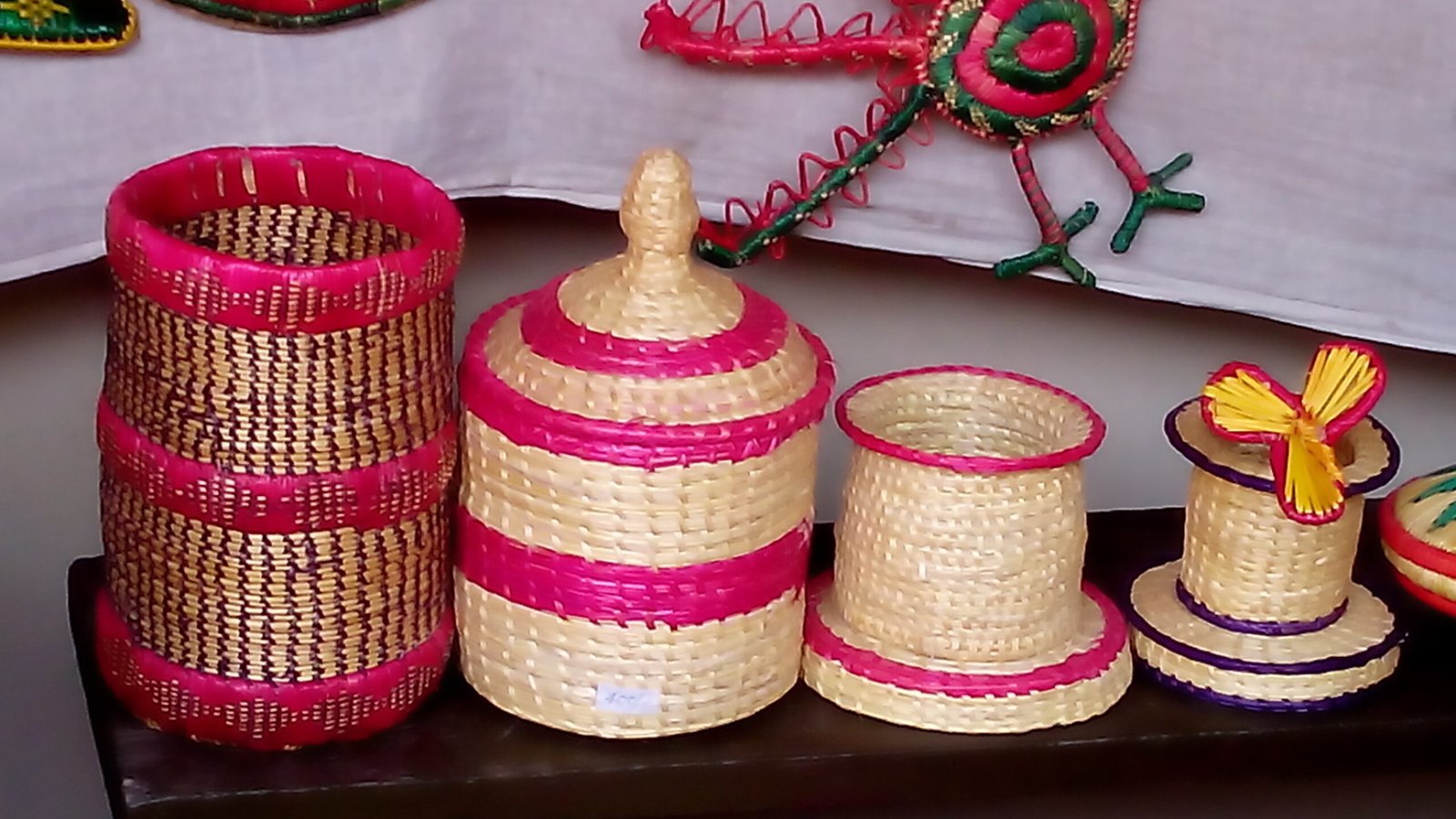Sikki artisans suffer livelihood losses amid climate change and failed promise of government in providing financial help in setting up of Sikki stalls in countrywide trade fairs held round the year.
About Sikki Grass:
- Sikki grass belongs to the zizanoides grass family.
- It is a rich yellowish variety of reed grass, locally known as ‘Kaincha’ is called Golden Grass due to its golden luster on drying.
- Scientifically called Chrysopogon zizanioides, it finds mention in ancient Sanskrit texts such as the Ramayana, where it is referred to as viran, sugandhimool, ushir and nalad.
- This grass grows indigenously in the Tarai regions of Uttar Pradesh and Bihar and has an average height of 3-4 feet.
- While the stem is used to make artefacts, the roots are used for extracting oil that is used both for perfumery and medicinal purposes.
- In the hilly terrains, it is also now grown to arrest soil erosion.
- Sikki got the geographical identification tag in 2018.
- Uses:
- It is most known for its handicraft. It has been a source of livelihood for many since antiquity.
- It is used to make traditional items such as multipurpose baskets, ornaments, show pieces and many more utility items that are still considered valuable in rural India.
- Challenges
- One of the serious challenges that Sikki craftsmen are facing currently is the brunt of climate change that has impacted the quality of the grass.
- The deteriorating quality of grass due to continual spike in temperature that impacts the softness of Sikki.
- Brittle grass needs extra processing time and is not suitable for making baskets or other artefacts.




